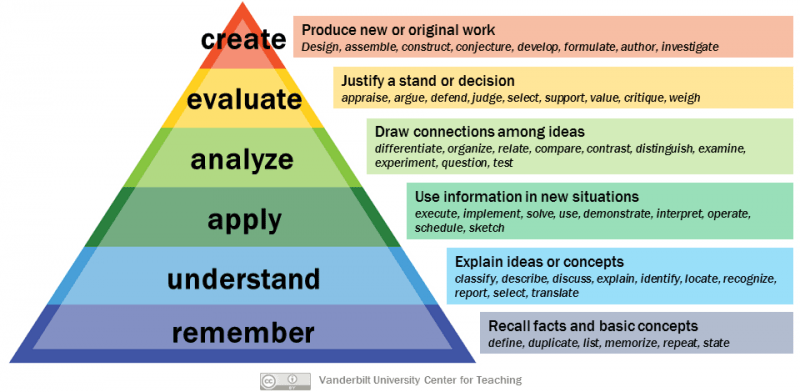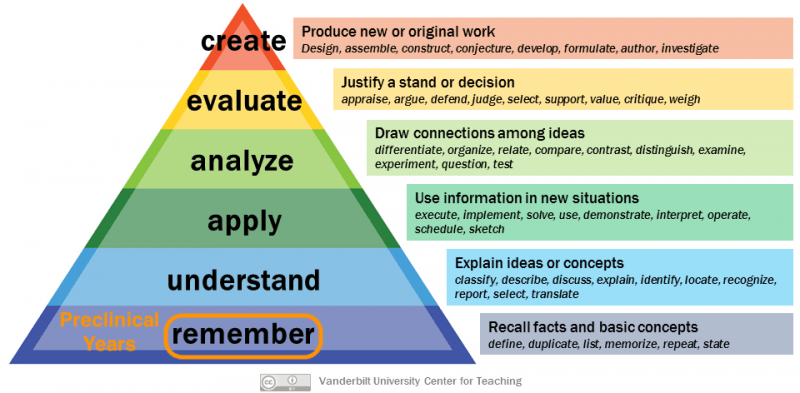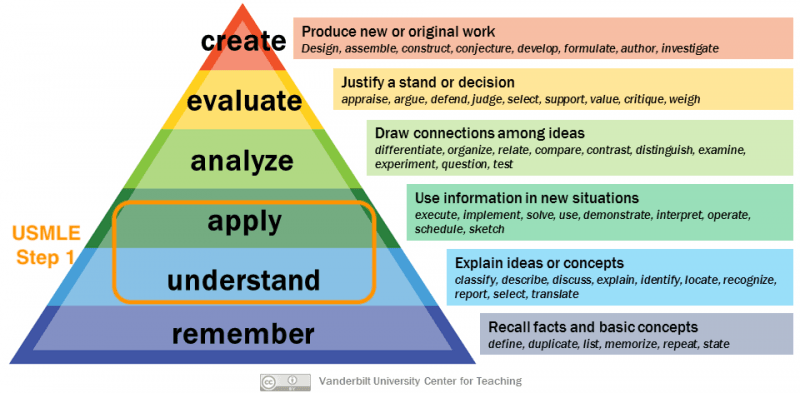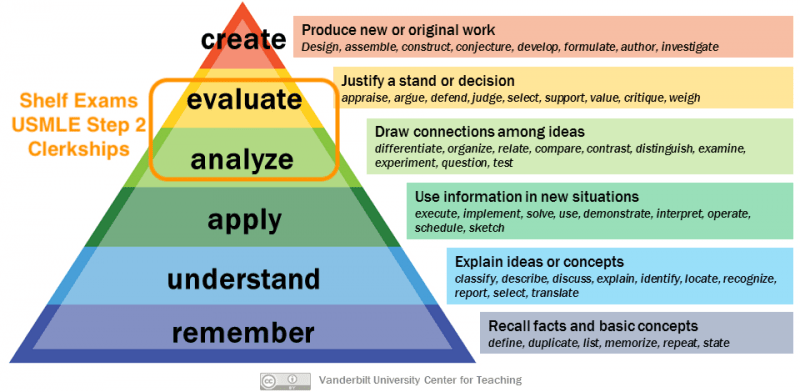
Do your days feel like paddling upstream – working hard, but moving nowhere? If you feel like your days are all toil with no results, you may not have clear study plan priorities.
Why is it essential to have study plan priorities?
Studying without clear priorities is like using a map without a destination.
You travel far, but end up nowhere.
I had two Step 1 study plan priorities. I needed to master Boards-relevant material and retain it efficiently. Over time, my foundation solidified and allowed me to score a 270 on Step 1.
Students without clear goals may succeed at one level but struggle at the next.
Some students dominate medical school exams, then fumble their Step 1 scores. Conversely, one of my best friends struggled throughout his second year. He bombed his last two block exams but ended up scoring 260+ on Step 1. He’s now a neurosurgery resident at a top US program. Yet others do well in their first two years but fizzle during clerkships/Step 2.
I’ve interviewed, tutored, or known hundreds of students’ USMLE experiences. This inconsistent success is due in part to poor prioritization.
No one spells it out for you, but there are clear priorities at every stage.
So how do you determine your study plan priorities for Step 1 or other exams? Read more to find out.
In this article, you will learn:
- What is Bloom’s taxonomy, and how to use it to determine the study plan priorities for Step 1 or other exams
- How a Harvard student scored 240+ on Step 1 despite doing no UWorld questions (then struggled)
- Why some students do well on med school tests, but tank standardized exams
- How Yousmlers have gone from below-average Step 1 scores to 260+ on Step 2 CK
What is Bloom’s taxonomy?

It also nails the study plan priorities from Step 1 to clerkships.
The first stage is “Remember.” You memorize, state, or otherwise reproduce by rote a body of facts and knowledge. A med school example would be memorizing the equation for mean arterial pressure.
MAP = cardiac output x total peripheral resistance
The next level of the pyramid is “Understand.” You move beyond recalling facts to explaining them. This might mean making sense of how increasing resistance would increase MAP.
The next is “Apply,” using what you’ve learned to perform a particular task or solve a related problem. Applying might mean using an alpha-1 agonist to raise someone’s blood pressure.
“Analyze” involves breaking information down into its component parts. This could be using the MAP = CO x TPR equation to list different causes of hypotension.
“Evaluate” involves forming/defending opinions. An example is critiquing the new guidelines for sepsis.
“Create” is the highest level, where one produces new work – e.g., the creation of the new sepsis guidelines.
I found the stages to be intuitive and enlightening. You can read more detailed descriptions here.
Bloom’s taxonomy describes each stage‘s study plan priorities
So why discuss an educational framework that is more than six decades old? Because Bloom’s taxonomy describes what you should focus on at each stage.
Let’s take a closer look:
Stage 1: Preclinical Years = “Remember”

Preclinical years emphasize memorization over true understanding
The medical system rewards two things: research and clinical activities.
As such, most healthcare systems disincentivize quality teaching. No research grant or bustling clinical work? No promotion for you!
Consequently, preclinical professors focus on the “Remember” level of Bloom’s taxonomy.
The result is that many medical students struggle to learn essential concepts of understanding and application. As students, we end up memorizing PowerPoint minutia because preclinical professors cannot afford to expend the effort to teach how to “Understand” or “Apply.”
Let’s be clear. Understanding and application are crucial for Step 1 and clinical practice. However, most medical schools neglect these fundamental skills because their priorities are elsewhere.
The deluge of facts and information overwhelms medical students. The de facto Step 1 study plan priority is to memorize the professor’s slides. We regurgitate it on their tests and do well. The cycle continues.
However, memorization leads to problems at the next stage: Step 1.
Stage 2: USMLE Step 1 = “Understand” and “Apply”

USMLE Step 1 forces you to Understand and Apply
I have taught hundreds of medical students from a multitude of backgrounds. I’ve tutored AMGs, IMGs, Ivy Leaguers, and older graduates.
I can see what causes some students to score well on Step 1, and many others to fall short.
In the frame of Bloom’s taxonomy, two abilities set apart students who score 240+: “Understand” and “Apply.”
Many students memorize that ventilation/perfusion (V/Q) is highest at the lung apices. Why? Class emphasized it. Then they memorized it well enough to ace the multiple choice question.
It’s not enough to have memorized that information for the USMLE Step 1, however.
Test writers know that you memorized that V/Q is highest at the apex. How do I know? I’ve spoken with Step 1 test writers.
Instead, they might ask what lobes see the highest rates of renal cancer metastasis.
Test writers 1. Memorizers 0.
“Understand” means you internalized that perfusion increases in a dependent fashion. In other words, the inferior lobes get the most blood. “Apply” allows you to infer the lower lobes get the most blood-borne cancer cells.
Mastering a lower part of Bloom’s taxonomy in no way ensures success at higher levels. In other words, memorizing facts won’t help you Understand or Apply them.
Next, let’s find out what your Step 2 study plan priorities should be.
Stage 3 + Beyond: Clerkships, Shelf Exams, Step 2, etc. = “Analyze” and “Evaluate”

Clerkships, shelf exams, and Step 2 emphasize Analyze and Evaluate
Bloom’s taxonomy also explains performance at even more advanced clinical stages. Your clerkships will force you to Analyze and Evaluate clinical data.
Shelf exams and Step 2 CK make a similar jump, moving you further up Bloom’s taxonomy. Instead of testing your understanding, questions focus on more complex assessment and management.
Succeed by knowing each stage’s study plan priorities
Like the Memorizers who struggle on Step 1, remembering doesn’t guarantee understanding. In a similar vein, the keys to success at one level, may not ensure success at future stages.
Using Bloom’s taxonomy, how can you be successful at every medical career stage?
Success in medical training is simple, but not easy. You must:
- Recognize and anticipate every stage’s expectations, and
- Give yourself ample preparation time.
For example, you can’t memorize for two years then expect to flip a switch to Understand and Apply. Those levels of Bloom’s taxonomy take time, and must constantly be among your priorities.
The same is true if you are to rock your Shelf exams and Step 2 CK. You must do more than Understand and Apply the medical concepts. You must also Analyze and Evaluate clinical vignettes.
Harvard student does NO Step 1 QBank. What happens?
So memorizing doesn’t ensure application or understanding. But what about excellent understanding and application skills? Could you leverage those to Analyze or Evaluate?
Unfortunately for this Harvard medical student: no.
One of the HMS students I knew during residency did not do ANY Step 1 question banks. Even more remarkably, he still managed to score in the 240s.
Let that sink in.
This student did no Step 1 QBank questions – including no UWorld problems. Yet he still managed to score better than 80% of test-takers.
As I got to know him further, I realized one thing helped him overcome his lack of practice. He had a PhD-level drive to Understand and Apply material! He naturally understood enough information to answer the majority of Step 1 questions, despite using no QBanks.
However, this drive to Understand and Apply led him into a Shelf and Step 2 CK quagmire. Like with his preparations for Step 1, he used minimal question banks for his Shelf exam prep. However, he wasn’t practicing to Analyze or Evaluate, the Step 2 CK study plan priorities. As such, he couldn’t understand why he was struggling with the Shelf questions.
Again, success in a prior stage does not ensure success at higher levels of the pyramid. However, next you will see how disappointing earlier performance does not prevent future success.
Step 2 CK Study Plan priorities took average test-takers to 260s
If you fall behind in one of the stages, are you doomed to lag forever?
No!
Yousmle students have gone from below average Step 1 scores to 260s on USMLE Step 2 CK (e.g., Melody, or Minills). The Step 1 study plan for each of these students was to follow the dogma. They memorized First Aid and repeated UWorld.
In each case, they scored far below where they had hoped. As we saw before, these late-bloomers had been trying to Remember, rather than Apply, or Understand.
However, they completely changed their approaches and recalibrated their Step 2 CK study plan priorities. They learned not only to Understand and Apply, but also to Analyze and Evaluate.
Through their hard work, they improved their Shelf scores to the 90th percentile.
Each of them scored in the 260s on their USMLE Step 2 CK exams.
You can read more about each student here and here.
Concluding thoughts
Bloom’s taxonomy highlights stages in the learning process and can be used to predict what stage of learning is needed to succeed. By anticipating each stage’s expectations, your study plan will have clear priorities.
What do you think? What aspects of your training can you describe using Bloom’s taxonomy? Let us know in the comments!
Image Credit:
Center for Teaching, Vanderbilt University. Accessed 8/7/2018







